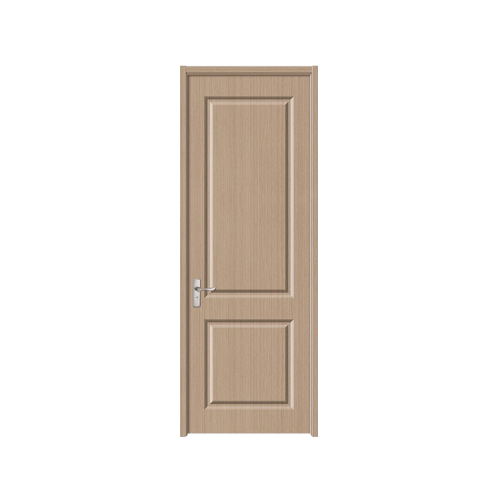When homeowners talk about upgrading their doors, many ask: should I go with a solid wood door or an eco-friendly (engineered or composite) wood alternative? As a solid door manufacturer and wood product specialist, a wood door factory sees these questions frequently.
1. How They Perform in Daily Use
To decide which is “better,” you have to consider performance in your climate, building, and usage patterns.
Moisture, Humidity & Climate
If your region experiences large humidity swings, solid wood doors may expand or contract more visibly. An eco-friendly door with engineered core can help mitigate that movement. That said, proper finishing, moisture acclimatization, and good sealing are essential for any wood door.
Load & Hardware Considerations
Solid wood doors tend to be heavier. This places more demand on hinges, frames, and hardware. A solid door manufacturer must account for these stresses, reinforcing stiles and using quality hardware. On the other hand, eco wood doors tend to be lighter, reducing strain. However, if the core is weak, screws and fasteners might loosen over time.
Appearance Over Time
Solid wood can be sanded, refinished, and restored multiple times over decades—this is a big plus. Eco-friendly doors, especially those with thin veneers, may not respond well to repeated sanding without risking damage to the veneer layer.
Repair & Maintenance
Solid wood doors may develop cracks or checking. Many of these can be repaired if caught early, by gluing or filling. But if the damage goes deep, replacement might be needed. For engineered doors, if the veneer or surface layer is compromised, repairs are more challenging, especially if the panel beneath is composite.

2. What Questions Should You Ask a Solid Door Manufacturer or Wood Door Factory?
If you are evaluating doors from a solid door manufacturer or a wood door factory, here are key questions to guide your decision:
What species of wood do you use?
Ask whether the wood is stable, suitable for your climate, and whether it is sustainably sourced.
How is the door constructed?
Learn about joinery, laminations, core design, and reinforcement. A solid wood door might use multi-ply laminations or stiles & rails to reduce warping.
What finish or sealant do you apply?
The finishing system is critical in protecting wood surfaces. Ask whether it’s factory finished with multiple layers and edge sealing.
How do you manage wood movement?
A good manufacturer will design in allowances or expansion gaps, especially in areas prone to moisture changes.
Warranty and exclusions
Many warranties exclude natural movement, checking, or cracks. Clarify what is covered.
Lead time and customization
Because wood doors (especially solid wood) often require careful drying and acclimation, the factory lead time is important.
By asking the above, you can gauge the expertise and quality standards of your door supplier.
3. Which One Should You Choose?
The answer depends on your priorities and context. Here are some scenarios to guide you:
If aesthetics & refinishing potential matter more: Go with solid wood. The natural texture, ability to refinish, and timeless feel tend to favor real wood.
If you face climate stress or want lower maintenance: An eco-friendly engineered door may perform more stably over time with less warping risk.
If budget or weight is a constraint: Engineered wood solutions can often deliver similar visual appeal at lower cost or weight.
If sustainability is important: Choose a door (solid or engineered) where wood is certified (e.g. FSC) or uses reclaimed/recycled material.

 English
English 中文简体
中文简体